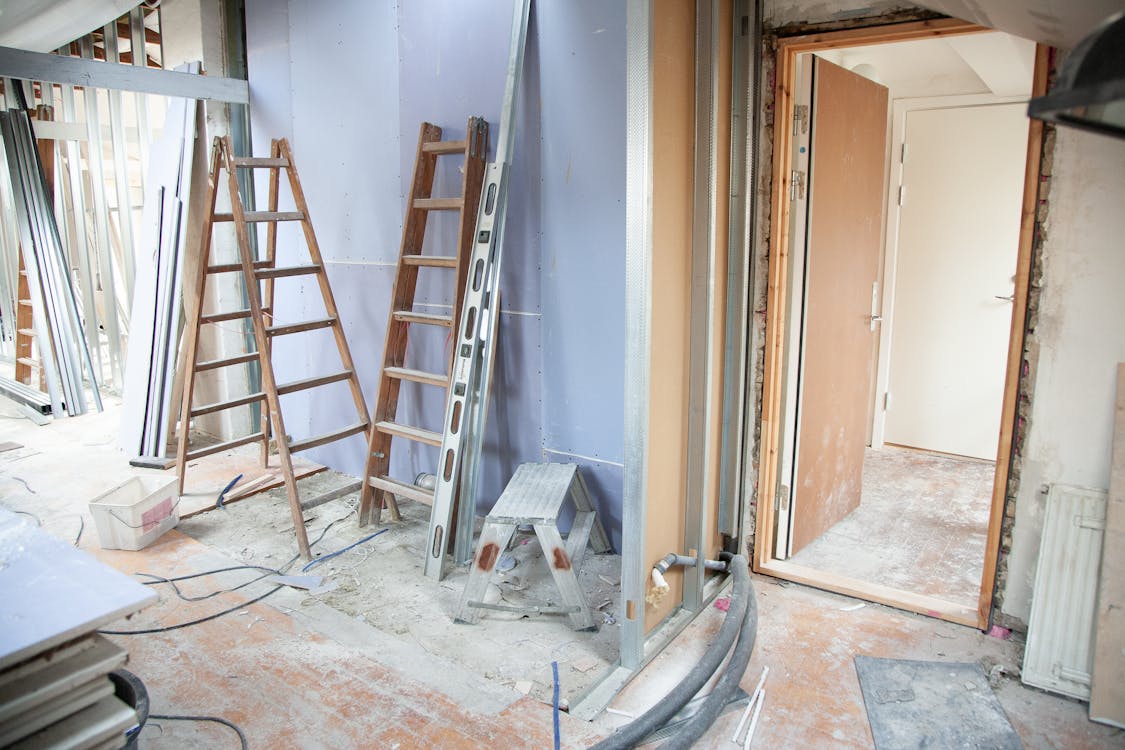Imagine a once-abandoned industrial site – a forgotten corner of the city with potential buried beneath layers of environmental neglect. This, my friends, is a brownfield.
But what if we could breathe new life into these forgotten spaces? What if we could transform them into vibrant new communities while cleaning up past environmental sins?
Here’s where the magic of environmental remediation and innovative financing come together.
Why Brownfields? Why Now?
The allure of brownfields is undeniable. They offer prime locations for new construction, often within city limits with existing infrastructure. This not only reduces urban sprawl but revitalizes neglected areas. However, the hidden costs of environmental contamination lurk beneath the surface. This is where environmental remediation steps in.
Environmental remediation is the process of cleaning up contaminated soil, groundwater, or buildings. It’s the crucial first step in transforming a brownfield into a thriving new development.
The Financing Puzzle: Pieces for a Sustainable Future
The good news? You’re not alone in tackling the financial hurdle of brownfield redevelopment. Here’s a toolbox of financing options to help you navigate the clean-up process:
- Government Grants:Several government agencies offer grants specifically for brownfield redevelopment. The EPA’s Brownfields Program, for example, provides grants for assessment, clean-up, and job training related to brownfield projects. These grants can be a game-changer, offering crucial financial support for the initial stages of the project.
- Tax Incentives:Tax breaks are another powerful tool for brownfield financing. Many states and municipalities offer tax credits, deductions, and exemptions for developers tackling brownfield projects. These incentives can significantly reduce the overall project cost and make brownfield redevelopment more attractive to investors.
- Specialized Loan Programs:Public and private lenders offer specialized loan programs designed specifically for brownfield redevelopment.
Navigating the Risks and Rewards of Brownfield Redevelopment
Brownfield redevelopment isn’t without its challenges. Environmental contamination can be unpredictable, and remediation costs can fluctuate. Here are some key considerations to navigate the risks and maximize the rewards:
- Conducting Thorough Site Assessments:Before diving headfirst, a comprehensive site assessment is crucial. This involves soil and groundwater testing to determine the type and extent of contamination. While upfront costs exist, a thorough assessment saves you from potential surprises down the road and allows you to develop a more accurate remediation plan and budget.
- Prioritizing Community Engagement:Brownfield projects often reside in neighborhoods directly impacted by past environmental neglect. Building trust and engaging the community from the outset is vital. Organize open houses, share remediation plans, and address concerns early on. A collaborative approach fosters public support for the project and ensures a smoother development process.
- Building a Strong Remediation Team:Assembling the right team is key to a successful brownfield project. Seek experienced environmental consultants who specialize in brownfield remediation. They can develop a cost-effective clean-up plan and ensure compliance with all environmental regulations. Additionally, legal counsel with expertise in brownfield development will safeguard your interests and navigate any potential legal hurdles.

Going Green: Sustainable Practices for Brownfield Development
While environmental remediation is essential, brownfield redevelopment offers a unique opportunity to champion sustainability. Here are some ways to embrace green practices:
- Sustainable Materials and Construction:Choose sustainable building materials, such as recycled content or locally sourced resources. Incorporate energy-efficient features like solar panels or green roofs to reduce the building’s carbon footprint.
- Creating Green Spaces:Don’t forget the importance of green space! Incorporate parks, gardens, or bioswales into your development plan. These features not only enhance aesthetics but also provide natural habitat restoration and improve air and water quality.
A Beacon of Sustainability: The Positive Impact of Brownfield Projects
Brownfield redevelopment isn’t just about building new structures; it’s about building a more sustainable future. Here’s how these projects create a positive impact:
- Economic Revitalization:Brownfield projects breathe new life into neglected areas, attracting businesses, creating jobs, and boosting local economies. This revitalization effect benefits not just developers but the entire community.
- Reduced Urban Sprawl:By utilizing existing land, brownfield development minimizes the need for urban sprawl, preserving green spaces and promoting more compact and walkable communities.
- Environmental Clean-Up and Restoration:Most importantly, brownfield projects clean up contaminated sites, ensuring the health and safety of residents and creating a healthier environment for everyone.
Beyond Government Programs: Exploring Private Options
While government programs offer valuable support, they might not always cover the entire cost of remediation. This is where exploring private financing options comes into play.
- Private Equity Funds:Investment firms specializing in brownfield redevelopment can provide significant capital for your project. These funds see the long-term potential of brownfields and are willing to invest in projects with strong environmental clean-up plans.
- Crowdfunding Platforms:Yes, you read that right! Crowdfunding platforms are an excellent option for smaller brownfield projects. You can connect with a network of individual investors who believe in the project’s potential and sustainability goals.
- Private Money Lenders:Don’t underestimate the power of private money lenders. These lenders, often local investors, can provide flexible financing solutions. Look for lenders with experience in brownfield redevelopment and a commitment to sustainable development practices.
Building a Greener Future: Partnering for Success
Financing brownfield redevelopment requires a strategic approach. The best course of action often involves a combination of various funding sources.

Environmental remediation isn’t just about cleaning up the past; it’s about building a greener future. By revitalizing brownfields, we create sustainable communities, reduce urban sprawl, and protect our environment – a win-win for everyone.
Ready to unlock the potential of a brownfield project but unsure where to start with financing? Look no further than Insula Capital Group. As a trusted provider of private money lending services in Colorado, they understand the unique needs of brownfield developers.
Their team has the expertise to guide you through the financing process and help you secure the capital needed to transform a neglected space into a thriving new development.
Contact Insula Capital Group today, and let’s build a greener future together!




